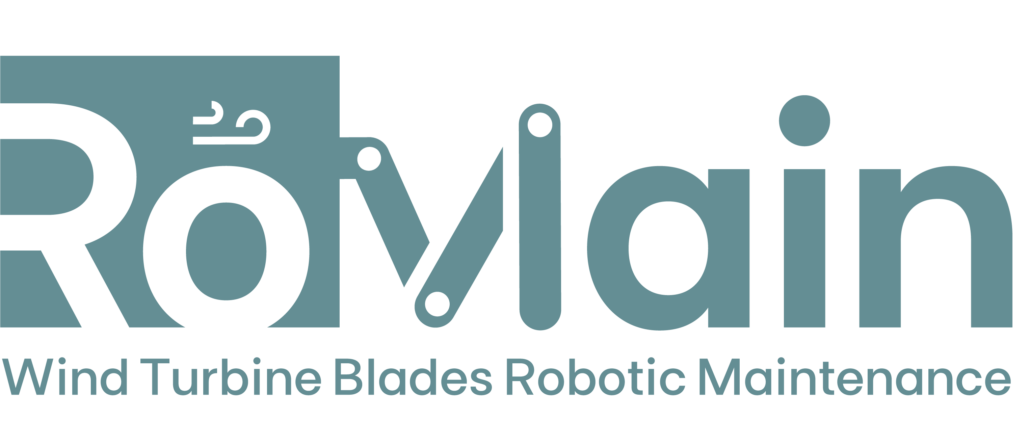The global wind energy sector has been growing rapidly over the past two decades. According to GWEC Market Intelligence, global cumulative installations of onshore and offshore wind will exceed 1TW before 2025.
Once wind turbines are installed, they are expected to run around 20-25 years, during which O&M (operation and maintenance) becomes crucial to maximise the economic and environmental benefits of wind assets. As turbines age, the cost of O&M is increasing significantly, which will make the O&M business very lucrative in the coming decade. Regular maintenance (inspection and repair) of the WTBs is crucial in keeping the wind assets operated safely and with optimal performance.
Inspections and repair, however, require long downtimes. The WTBs need to be dismantled in some cases. Even with up-tower maintenance, where trained technicians are hanging from ropes or working from suspended platforms on the wind turbine, the blades need to be stopped for a long period (4 to 6 days on average) as manual inspection is a tedious time-consuming work. And downtime is only part of the problem. Blade failures not only lead to greater costs doubling downtime and damaging other essential equipment, a large portion of the accidents also involved human injuries or fatalities.
The need of more inspections and repairs has eventually led to a shortage of qualified staff (well trained technicians) in the wind services market. EWEA pointed out that a shortage of around 5,500 staff was noted in 2012 and it will climb to 28,000 by 2030. A solution to this problem is to utilize a specially designed robotic system that can reach the blade and implement faster inspections and repair (when needed) up-tower. However, current systems are either not agile enough for quick deployment or the inspection capability is limited to surface defects only. Without identifying subsurface defects such as delamination, disbands and impact damages, the repair may not be effective. Therefore, no integrated solution exists that offers high quality inspections, effective repair and human safety at the same time.




 This project has received funding from the European Union’s Horizon Europe research and innovation programme under grant agreement No. 101070320. UK participants are supported by UKRI grant numbers [10040386] (Front Technologies Ltd) and [10040791] (University of Leeds).
This project has received funding from the European Union’s Horizon Europe research and innovation programme under grant agreement No. 101070320. UK participants are supported by UKRI grant numbers [10040386] (Front Technologies Ltd) and [10040791] (University of Leeds).